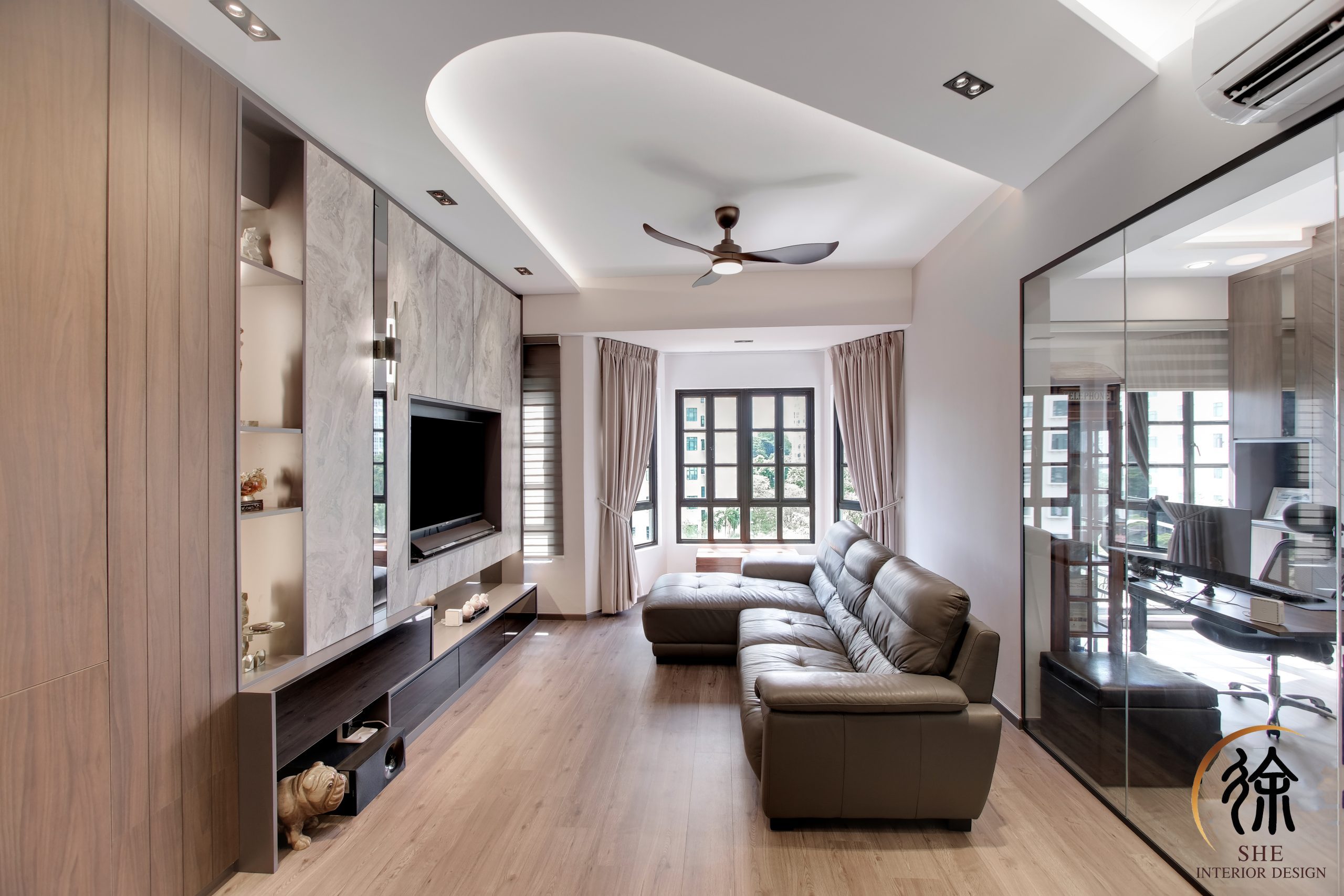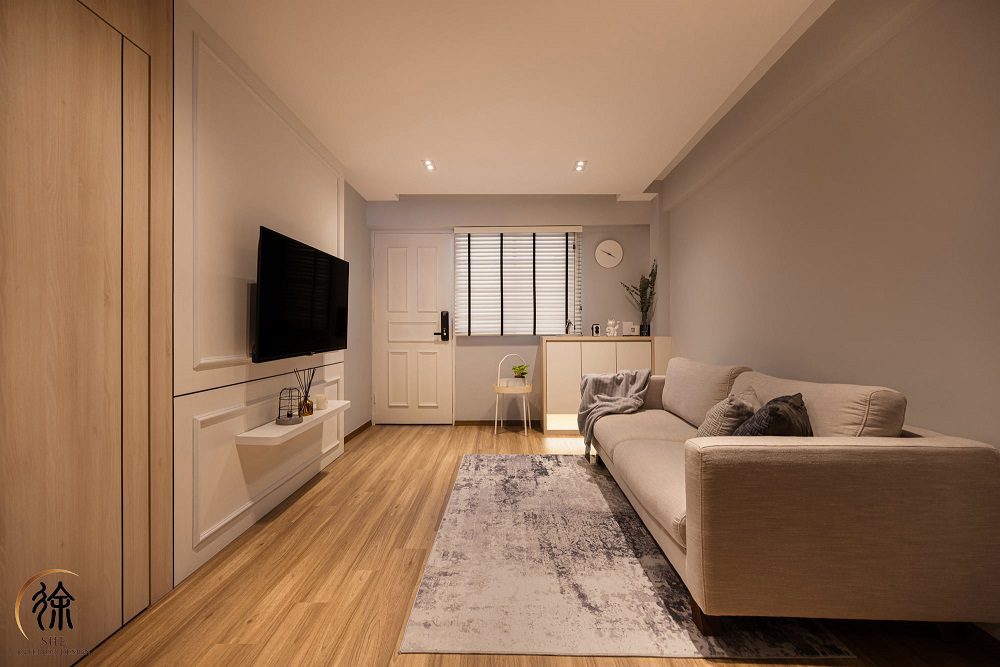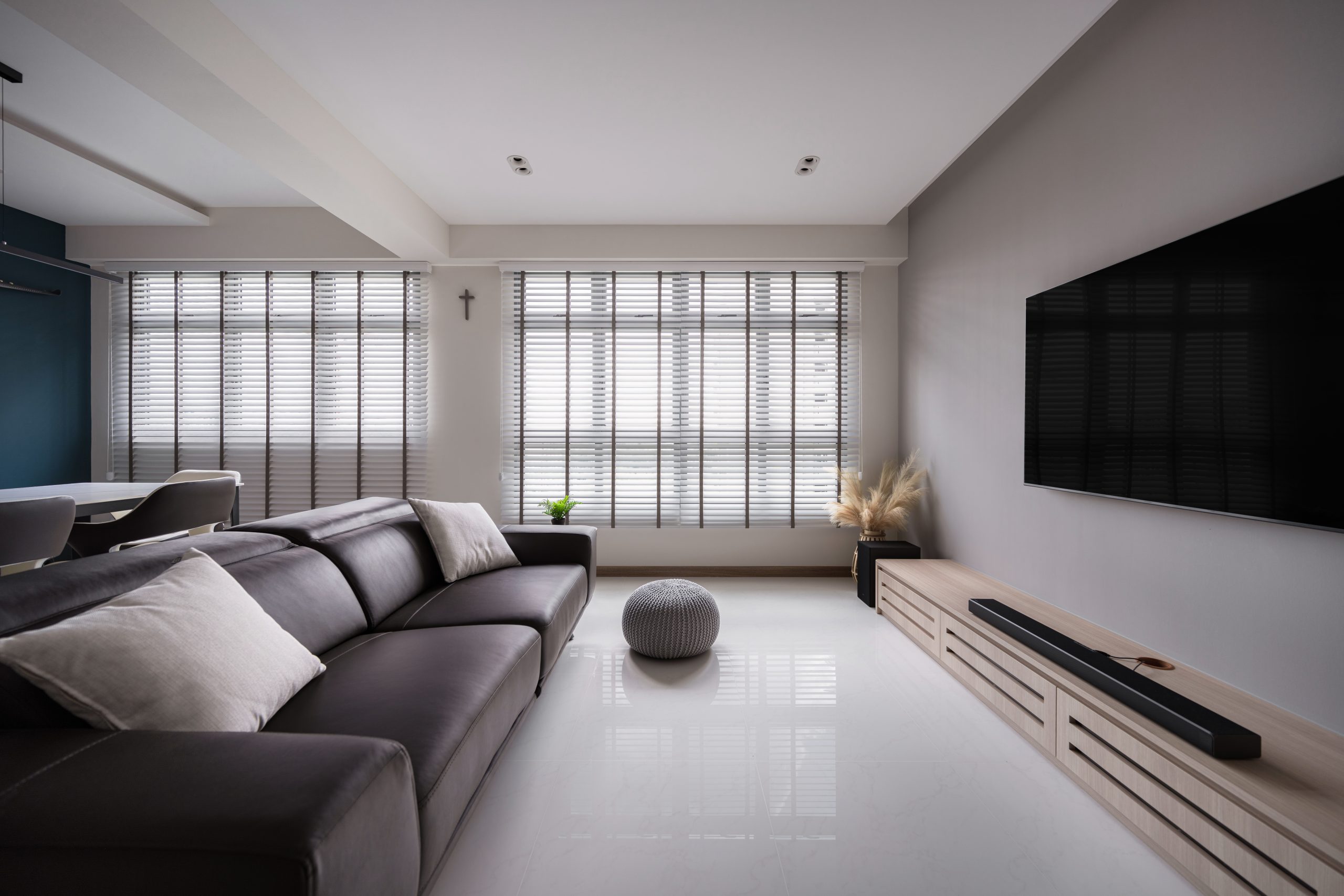In recent years, there has been a growing global focus on environmental sustainability and the need for individuals to embrace green living practices. One area where sustainable choices can make a significant impact is interior design. By adopting eco-friendly approaches, homeowners and designers can create spaces that are not only visually appealing but also environmentally responsible. This article explores the concept of green living in interior design and provides valuable insights and ideas for incorporating sustainability into your living spaces.

What is the importance of green living in interior design?
Green living is the practice of making conscious choices that minimize harm to the environment and promote a sustainable lifestyle. With the ever-increasing concerns about climate change and depletion of natural resources, embracing green living has become crucial. Interior design, as an integral part of our lives, offers an excellent opportunity to contribute positively to the environment by adopting sustainable practices.
What are some sustainable materials for interior design?
One of the fundamental aspects of green living in interior design is the use of sustainable materials. Opting for materials such as reclaimed wood, bamboo, cork, or recycled metals reduces the demand for virgin resources and minimizes environmental impact. These materials not only add unique and natural textures to your space but also showcase your commitment to sustainable living.
Energy-Efficient Lighting Solutions
Lighting plays a crucial role in interior design, and choosing energy-efficient lighting solutions can significantly reduce energy consumption. LED lights, for example, use less electricity and have a longer lifespan compared to traditional incandescent bulbs. Additionally, incorporating natural light through well-placed windows and skylights can enhance the aesthetics of your space while reducing the need for artificial lighting during the day.
Eco-Friendly Furniture Choices
When it comes to furniture, selecting pieces made from sustainable materials or opting for vintage and upcycled furniture can have a positive environmental impact. Look for furniture made from FSC-certified wood, which ensures responsible forestry practices. Additionally, considering multifunctional furniture designs can maximize space utilization and minimize the need for excessive furniture.
Indoor Plants and Biophilic Design
Integrating indoor plants into your interior design not only adds a touch of natural beauty but also promotes better air quality. Plants act as natural air purifiers, removing toxins and releasing oxygen. Biophilic design principles go beyond incorporating plants and encompass creating connections with nature through elements like natural light, water features, and organic textures, enhancing well-being and productivity.
Water Conservation Strategies
Water scarcity is a growing concern, and integrating water-saving strategies into interior design is essential. Installing low-flow faucets and showerheads, as well as dual-flush toilets, can significantly reduce water usage without compromising functionality. Harvesting rainwater for non-potable uses like irrigation is another sustainable practice that helps conserve water resources.
Minimizing Waste and Recycling
Waste reduction and recycling are key components of green living. In interior design, this can be achieved by repurposing old furniture or accessories, recycling construction materials, and donating unwanted items. Embracing the concept of a circular economy ensures that resources are used efficiently and waste is minimized.
Green Cleaning Products and Practices
Conventional cleaning products often contain harsh chemicals that can be harmful to both the environment and human health. Switching to eco-friendly cleaning products made from natural ingredients reduces chemical pollution and promotes a healthier indoor environment. Additionally, adopting cleaning practices such as dusting and vacuuming regularly helps maintain a clean and allergen-free space.
Incorporating Renewable Energy Sources
Renewable energy sources like solar panels offer an excellent opportunity to power your home sustainably. Investing in solar energy systems not only reduces your reliance on fossil fuels but also saves on energy costs in the long run. Integrating renewable energy sources into your interior design showcases your commitment to a greener lifestyle.
The Role of Technology in Sustainable Interior Design
Advancements in technology have opened up new possibilities for sustainable interior design. Smart home automation systems allow for better control over energy consumption, lighting, and heating/cooling systems. Energy monitoring devices help track energy usage, enabling homeowners to make informed decisions and reduce wasteful practices.

Enhancing Indoor Air Quality
Indoor air quality significantly impacts our health and well-being. Green living in interior design involves choosing low-emission materials, adequate ventilation, and effective air filtration systems. Natural ventilation, air purifiers, and indoor plants can help improve air quality by reducing pollutants and promoting a healthier living environment.
How to Create a Healthy and Sustainable Home Office
With the rise of remote work, creating a sustainable home office is essential. Choose energy-efficient office equipment, utilize natural light, and incorporate plants to create a productive and eco-friendly workspace. Minimize paper usage by embracing digital documentation and opt for ergonomic furniture to promote better posture and well-being.
What is the cost of implementing green living in interior design?
While incorporating sustainability into interior design may require an initial investment, it can result in long-term cost savings. Energy-efficient appliances and lighting reduce utility bills, while durable and high-quality materials minimize the need for frequent replacements. Green living is an investment in both the environment and the future.
FAQs (Frequently Asked Questions)
- How can I make my interior design more sustainable?
To make your interior design more sustainable, consider using eco-friendly materials, energy-efficient lighting, and furniture made from recycled or upcycled materials. Incorporate indoor plants, practice water conservation, and opt for green cleaning products. Embrace technology for energy monitoring and invest in renewable energy sources like solar panels.
- Is green living in interior design expensive?
While there may be an initial investment in sustainable materials and energy-efficient systems, green living in interior design can result in long-term cost savings. Energy-efficient appliances and lighting reduce utility bills, and durable materials minimize the need for frequent replacements. It’s an investment that pays off both financially and environmentally.
- Can sustainable interior design be stylish?
Absolutely! Sustainable interior design can be stylish and visually appealing. There is a wide range of sustainable materials available, including reclaimed wood, bamboo, and recycled metals, that add unique textures and character to your space. By incorporating elements of biophilic design and focusing on natural light, you can create a beautiful and sustainable living environment.
- How does green living in interior design benefit health?
Green living in interior design benefits health by improving indoor air quality, reducing exposure to harmful chemicals, and promoting a connection with nature. Natural ventilation, air purifiers, and indoor plants help remove pollutants and allergens, while eco-friendly cleaning products prevent the use of harsh chemicals. A healthy and sustainable interior contributes to overall well-being.
- Can I make my home office sustainable?
Yes, you can make your home office sustainable by choosing energy-efficient office equipment, utilizing natural light, and incorporating plants. Minimize paper usage by going digital, opt for ergonomic furniture for better posture, and ensure proper ventilation. Creating a sustainable home office enhances productivity while reducing your environmental footprint.
Conclusion
Green living in interior design allows us to create spaces that are not only aesthetically pleasing but also environmentally responsible. By adopting sustainable practices, using eco-friendly materials, and implementing energy-efficient solutions, we can reduce our carbon footprint and contribute to a healthier planet. Embrace green living in your interior design choices and be part of the movement towards a sustainable future.
In conclusion, hiring the services of “SHEinterior,” a brand specializing in Sustainable Interior Design in Singapore, offers three compelling reasons to consider. With their expertise in sustainable design practices, they can create spaces that are visually appealing while also being environmentally responsible. By providing customized solutions tailored to your specific needs, they ensure that every project reflects your vision and aligns with your lifestyle. Moreover, choosing “SHEinterior” contributes to a positive environmental impact, as their sustainable design practices minimize waste, reduce energy consumption, and prioritize the use of eco-friendly materials. By partnering with “SHEinterior,” you can transform your space into a sustainable sanctuary that not only looks great but also promotes a greener future.



